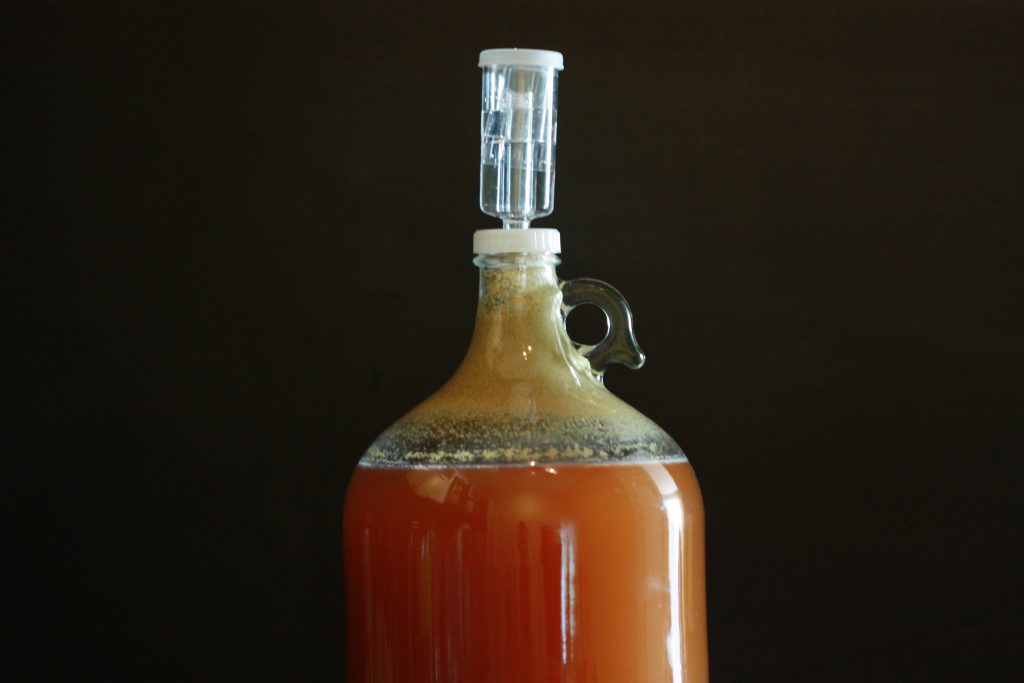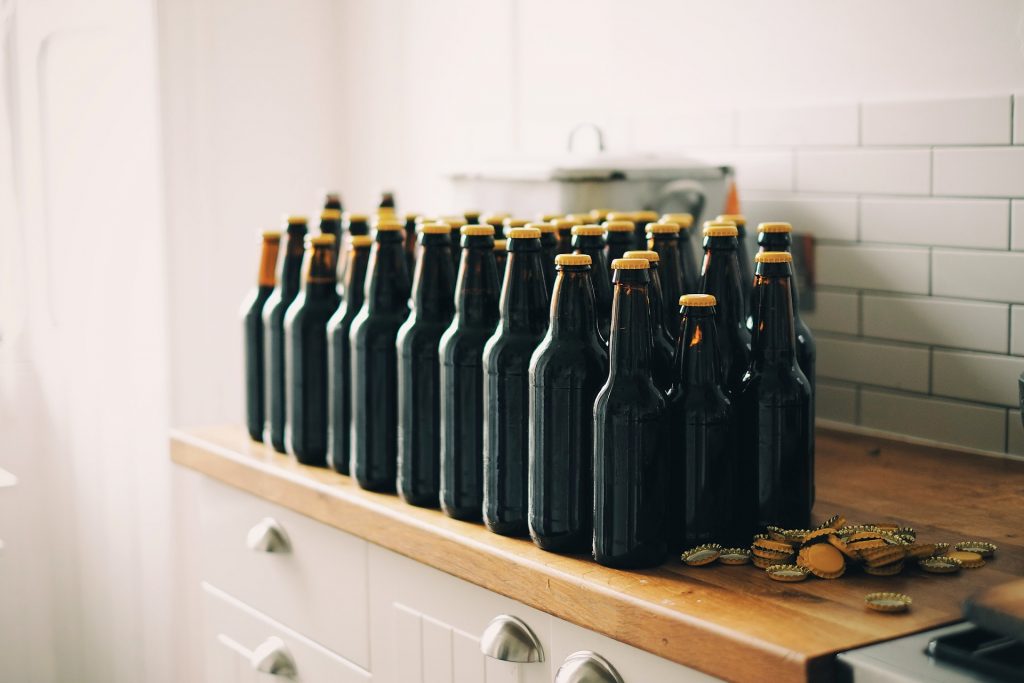This post contains affiliate links which we are compensated for if a purchase is made. Using links costs you nothing and helps to support the ongoing creation of content. Thank you for using them.
What Is Secondary Fermentation And Does The Temperature Matter? For those that are new to brewing their own beer, you may have come across the term Secondary Fermentation and been not sure what it means. How it differs from primary fermentation? And why would you do it at all?
Secondary fermentation is when the fermented beer is transferred to a second vessel to age, the length of this period can vary from a day to several months depending on the type of beer. Most homebrewers complete a short secondary fermentation to further improve the clarity of the beer, however, there is also a school of thought that suggests certain types of beers, such as lagers improve in flavor when aged for an extended period.
While there are some advantages associated with secondary fermentation, there is also an increased risk of bacterial contamination particularly when the secondary fermentation takes several weeks. To reduce the risks it is necessary to sanitise the secondary fermentation vessel carefully.
The other risk associated with secondary fermentation is yeast can in certain circumstances the yeast can become involved in a process known as “autolysis” which can produce flavors that are described as being reminiscent of burning tires. The most common cause of this are exposure to temperatures greater than 25°C.
Why Not Leave The Beer In The Primary Fermenter?
The obvious question is why would you even bother to transfer the beer to a second vessel. There are two main reasons, the first is that transferring a beer to a second vessel allows the beer to be separated from the bulk of the sediment in the primary fermenter. This gives any particulate matter a further opportunity to settle out.
The second reason for transferring the beer is related to the cases where the beer is going to be held for an extended period of time in secondary fermentation. Primary fermenters, which are primarily made of PET, are permeable to gas which means that any beer stored in a plastic container will be increasingly exposed to oxygen over time. This exposure can cause the beer to go stale as such many brewers use glass carboys to store the beer during secondary fermentation.

What Temperature Should Beer Be Stored At During Secondary Fermentation?
The temperature beer should be maintained during Secondary fermentation is dependant upon the primary goal of the fermentation. If improved clarity of the beer is the primary goal the beer should be maintained at relatively cool temperatures whereas if the objective is improved flavor the temperature should be maintained at a similar temperature to the primary fermentation, around 68°F (20°C).
At cooler temperatures, the density of the beer increases which encourages any particulate matter to settle more rapidly improving the clarity, however, to improve flavor the remaining yeast within the beer needs to remain active. This is why temperatures similar to primary fermentation are considered ideal for secondary fermentation. However, at lower temperatures, 55 to 59°F (12 to 15°C) the yeast will still be active but the reaction rate will be slower, which means that the conditioning of the beer will take much longer to occur. To read more about the effect of temperature on the reaction rate of yeast click here.
When the yeast is active in the beer it is said to generally smooth the flavor of the beer producing an improved flavor. This occurs because the yeast consumes the remaining more complex sugars and byproducts that are produced in the primary fermentation thereby removing any unwanted flavors. This process is significantly more effective on lagers than ales because there is a greater number of these byproducts present in the lagers. It is common for this process to take a month or more in a lager.
Conclusion
For the beginner brewer that is making their first batch, I would generally recommend not completing a secondary fermentation because it adds risk to the beer-making process, extends the time taken to make the batch while providing only a relatively modest improvement in quality. I would only start to think about incorporating this step once you have made a few batches, you will be then be in a position to try out secondary fermentation and judge whether it is worth the time and effort.
